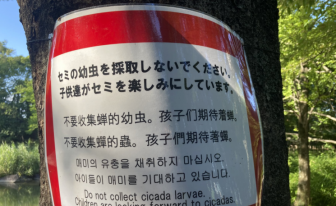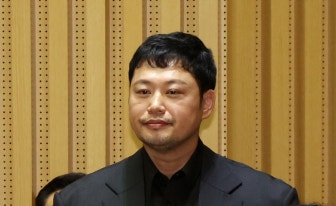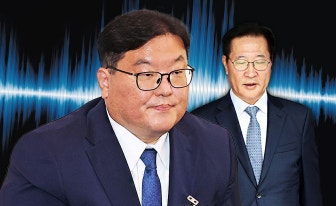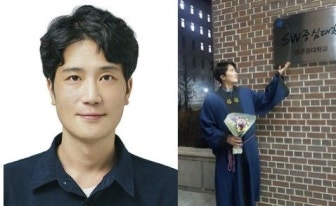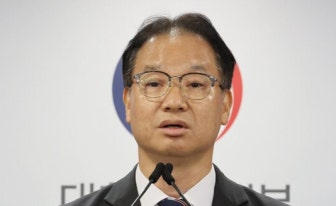Lee Geun-myeon
The author is a former minister of personnel management.
For many young Koreans, the civil service exam remains one of the few remaining symbols of fairness. It has long stood as a meritocratic system where anyone could compete purely on the basis of scores. That principle of transparency sustained hope for those who devoted years to preparation. Yet the government’s decision to expand its “gender balance hiring goal system” to police recruitment starting next year has sparked controversy over whether fairness can coexist with enforced gender quotas.
Some call it reverse discrimination against men, while others argue it disadvantages women. The deeper frustration, however, lies in the perception that “effort alone no longer guarantees opportunity.” As youth employment and startup rates continue to drop, and as large corporations scale back or suspend public recruitment, the chill in the job market grows harsher. In this climate, disputes over gender ratios have become more politically charged, especially as concerns rise that youth employment policies are losing focus.
Years of corruption scandals in hiring have already eroded public trust. Allegations of favoritism for the children of elites, recruitment irregularities in public institutions and appointments tied to political influence have left young people disillusioned. For them, fairness is no longer an abstract ideal — it is a desperate necessity for survival. Under such conditions, any policy seen as compromising merit-based selection risks igniting further backlash.
Still, the issue of gender imbalance in certain professions cannot be ignored. In fields such as police, firefighting, corrections or the military, gender gaps can affect operational efficiency and public service. Some adjustments, therefore, may be justified. But those exceptions must be built on transparent, accountable procedures. The government must clearly define where and why such measures are needed, how they will be applied and how fairness will be ensured. Stricter oversight and open disclosure of standards are essential to sustain public confidence.
One possible model is “separate recruitment,” which limits gender-specific hiring to sectors where imbalance demonstrably affects performance. For instance, the shortage of male teachers in elementary schools has long sparked debate about its influence on child development and classroom dynamics. In such cases, carefully designed measures to address imbalance may be reasonable — so long as they are based on transparent procedures and broad social consensus.
Ultimately, the principle should remain that hiring is gender-neutral and based on ability. If gender adjustments are unavoidable, they must be narrowly targeted, transparent and justified by clear evidence. The government should also consult experts and communicate openly with the public before introducing any quota-related change. Sudden policy shifts or non-transparent decisions will only deepen distrust among young people already skeptical of official motives.
Moreover, gender imbalance cannot be solved merely by manipulating recruitment numbers. Structural issues — such as workplace culture, promotion systems and job conditions — must be addressed. If excessive childcare and caregiving burdens prevent women from sustaining public sector careers, institutional support should be strengthened. If physically demanding or night-shift-heavy work environments deter men from certain roles, those structures should be reformed. True equality lies not in adjusting headcounts, but in ensuring equal opportunity to thrive once hired.
For Korea’s younger generation, fairness represents the minimal social promise they demand from their government. Gender-balanced hiring can serve legitimate purposes, but it will only gain acceptance if grounded in procedural fairness. Diversity and fairness are not inherently at odds — the challenge is achieving balance without undermining trust.
As artificial intelligence reshapes labor markets, fears of shrinking employment loom large. In an age of rapid automation, debates about gender ratios may soon seem secondary to ensuring meaningful jobs for all. This is precisely why gender equity policies must evolve into forward-looking frameworks fit for the AI era — rooted in both fairness and inclusion. It is now the government’s turn to respond to the generation that has waited too long for genuine fairness.
This article was originally written in Korean and translated by a bilingual reporter with the help of generative AI tools. It was then edited by a native English-speaking editor. All AI-assisted translations are reviewed and refined by our newsroom.


![Students walk past a job board at a university in Seoul on Sept. 10. [YONHAP]](https://imgnews.pstatic.net/image/640/2025/10/23/0000078713_003_20251023000513484.jpg?type=w860)




















